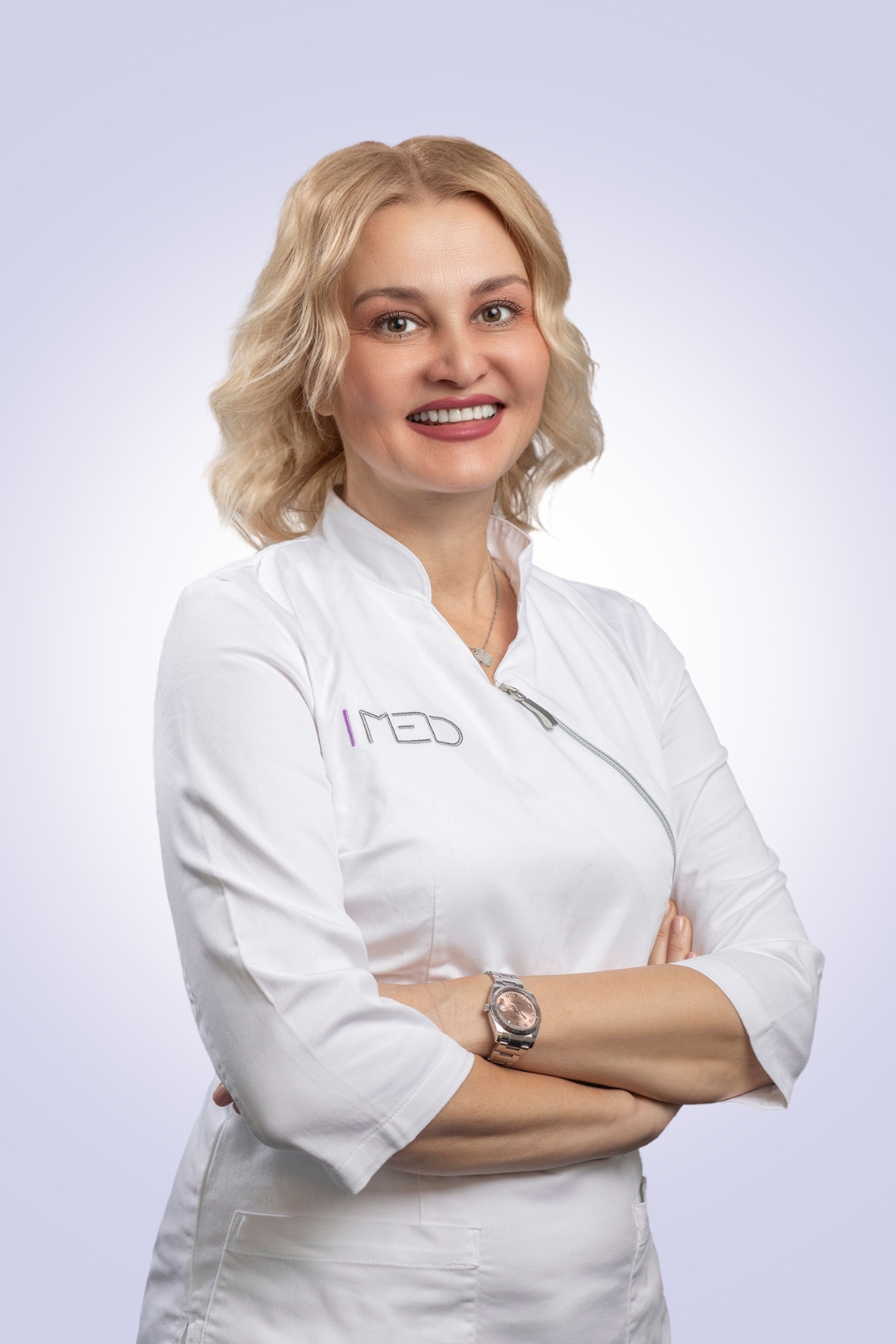Orthodontic treatment for adult patients

In fact, the society is becoming more aware and more attention is being devoted to health and aesthetics. The media and information accessibility play a major role in this process. Today, it is no longer unusual at all to see an adult patient with brackets affixed to their teeth. After all, the times when orthodontics was exclusive to children and adolescents are long gone. In the United States, in 1970, for example, the proportion of adult patients undergoing orthodontic treatment was 5%, whereas in the 1990s, it rose to around 25% and since then it has continued to grow. A survey conducted by the American Association of Orthodontists has also shown that an increasing number of adult men are seeking orthodontic treatment. In 2012, 44% of adult patients were male, which points to an increase of 10%, as compared to the results obtained only 2 years earlier.
Younger adults, those up to 35 years of age, usually seek to improve the quality of their life (a goal that is more easily achieved with an attractive smile). Even though the majority of them wanted braces when they were younger, they were either unable to get them (due to financial or other reasons) or had previously undergone a treatment, with which they were not satisfied.
Older adults, aged 35 and over, usually seek orthodontic treatment as part of a more comprehensive treatment plan.In that sense, patients are usually missing certain teeth, which means that it is important to align the teeth and move them into their correct position before a prosthodontic treatment; that is, it is important to lay a good “foundation” for later prosthetic reconstruction or dental implant restoration. This type of treatment is usually part of an interdisciplinary collaboration, something which we are very proud of at Imed Clinic.
Today, orthodontic appliances are designed to meet the highest aesthetic and technological standards. Brackets are less visible, transparent or tooth-coloured and, therefore, aesthetically more acceptable than only ten years ago. There are also lingual braces, with brackets placed on the inside of teeth, as well as aligners in the shape of trays, designed using computer technology.
Women are usually motivated by the fact that with the movement, that is, with the change in tooth inclination of front teeth, the lip gets a better support, thus becoming more prominent, which is something most women wish to achieve.
In order for treatment to be successful, internal motivation is crucial. The fact that these patients decide to undergo treatment as adults, reveals their strong rather than weak character.
The majority of adult patients, having undergone an orthodontic treatment, devote great amount of attention to their teeth and are extremely motivated to continue to maintain good oral hygiene.



